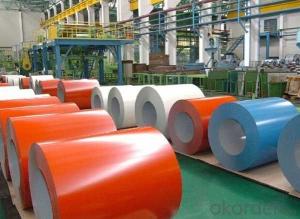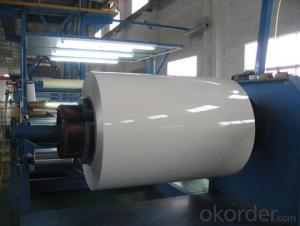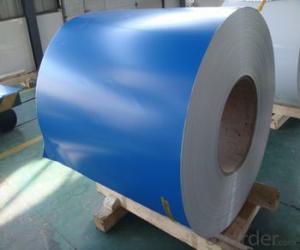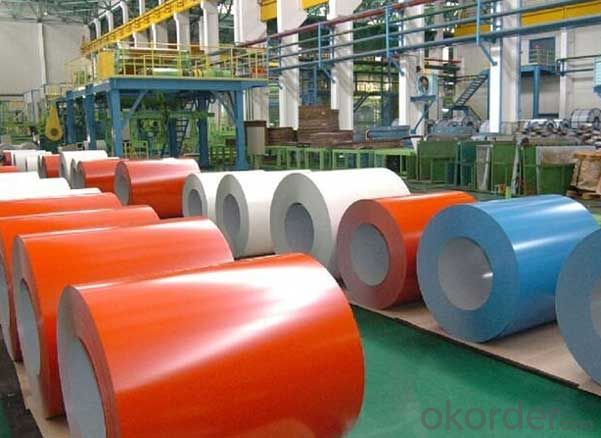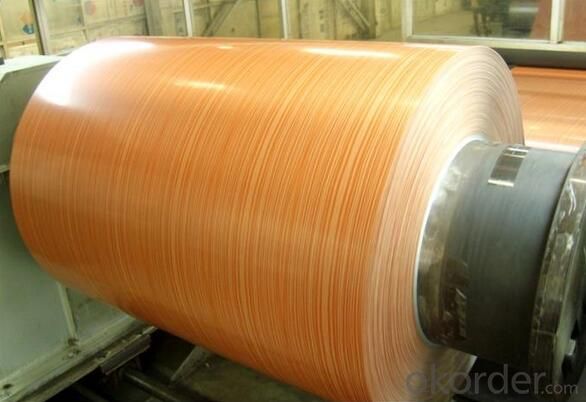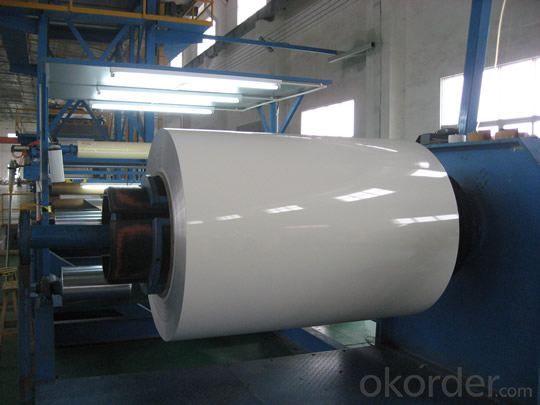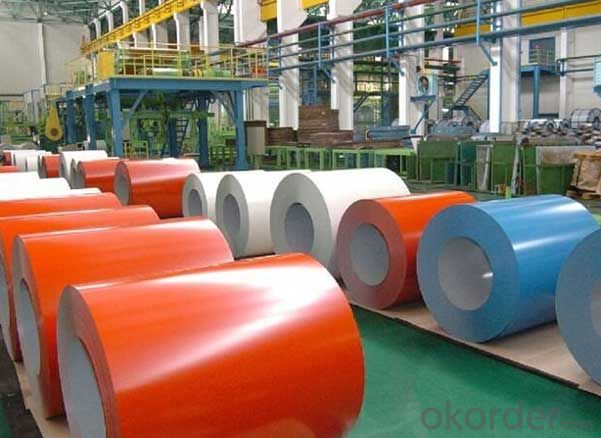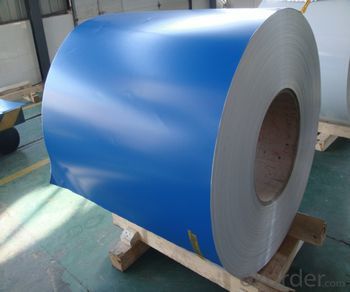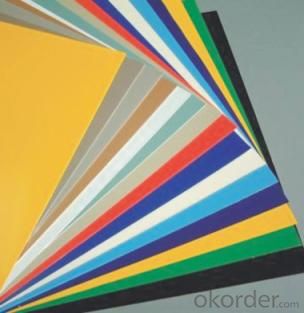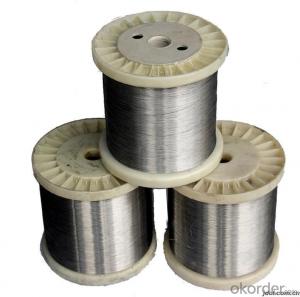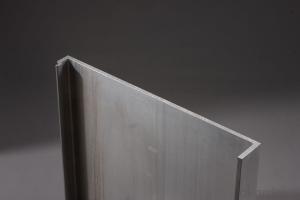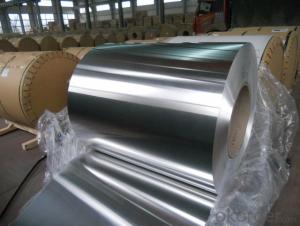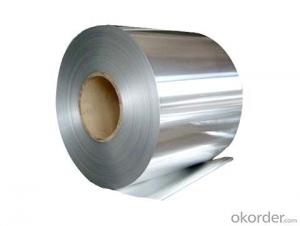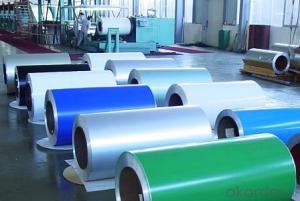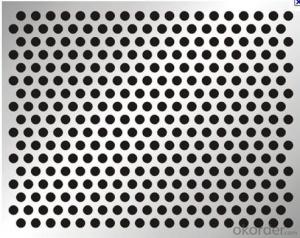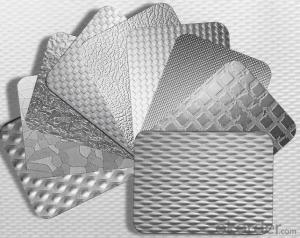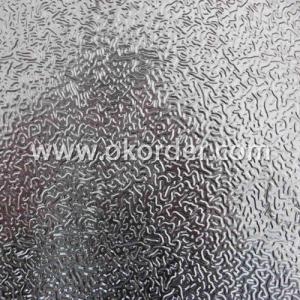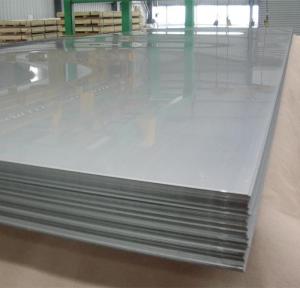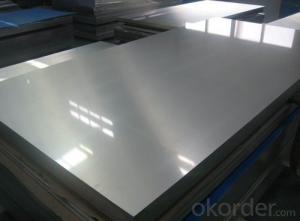Custom Color Coated Aluminum Roofing Sheets Price in India
- Loading Port:
- Shanghai
- Payment Terms:
- TT OR LC
- Min Order Qty:
- 5 m.t.
- Supply Capability:
- 20000 m.t./month
OKorder Service Pledge
OKorder Financial Service
You Might Also Like
Specification
Aluminum Sheet for Making Aluminum Composite Panel
Aluminum sheet specifications:
1) Alloy : 1050 1060 1070 1100 2024 3003 3004 3105 3A21 5005 5052 5083 5754 5182 5454 5456 6061 6063 7075 8011 etc
2) Temper: O/H12/H14/H1/H18/H32/H34/H36/H38//H111/H112/H116/H321/T6/T651/T3/T351 etc
3) Thickness: 0.1mm to 300mm
4) Width:20mm to 3300mm
5)Length: ≤ 12000mm
6) Protective film can be added
7) Production Line: DC and CC production line
Discription:
Width: 50-800mm
Thickness: 8-25mic
Length: 3-300m
Character:
High-temperature sterilization
Made of advanced food grade alu material,no pollution
Eco-friendly, recoverable and recyclable
Application:
widely used for food cooking, freezing wrapping, storing etc, the main application are for household and catering, which are targeting for retail market and food service market, such as hypermarket, chain store and hotel, restaurant etc.
Packing:
One roll in an individual box or printed PP bag
Certain quantities in a standard carton
Depends on customer’s request
Service
1. We have the good and professional team, have a good after-sales service.
2. Accept any drawings or your samples to develop new product.
3. Offer relateive technical support,quick response,all your inquire will replied within 24 hours.
4. OEM, buyer design, buyer label services provided.
5. Have the certification of ISO 9001, SGS.
6. Special discount and protection of sales area provided to our distributor.
FAQ
Q1:Do you provide sample? How many days will samples be finished?
Free samples will be provided if needed, but customers should undertake shipping cost or freight charges, samples will be finished in 5-7days
Q2: Can we visit your factory?
Welcome to our factory at any time.
Q3: Complaint solving process
Finding your salesman—Salesman provide you the solution (If it’s our responsibility, we will resend substitutes or return money or provide discount for your next order, etc.; If it’s shipping company’s responsibility, we will also help you until the problem is resolved.) —If salesman can’t solve your problem, please call our manager .
Q4: Delivery time
3~30working days after confirming the payment. If the order is urgent, we will push our workers to finish in advance.
Q5: What's your MOQ?
Normally 8MT are requested as the minium order quantity ,we shall give
additional instructions in special circumstances.
Q6: What are the terms of payment and currencies do you accept?
T/T or L/C is accepted, currently we appreciated your payment through
USD,EUR, RMB
Q7: Do you accept customized orders?
Yes, we do. Your customized orders are always welcomed. Please kindly offer us your samples or drawings, so that we can customize the products according to your preferences. About any further detail, please feel free to contact us.
Q8: What information should I let you know if I want to get a quotation?
Your detailed requirements regarding the products's dimensions, including shape, thickness, top out (length*width*height), and your order quantity are highly appreciated if you want further information about our quotation
Q9: How about the mass production?
The lead time of mass production depend on quantity, usually 25-30days (20FT) .

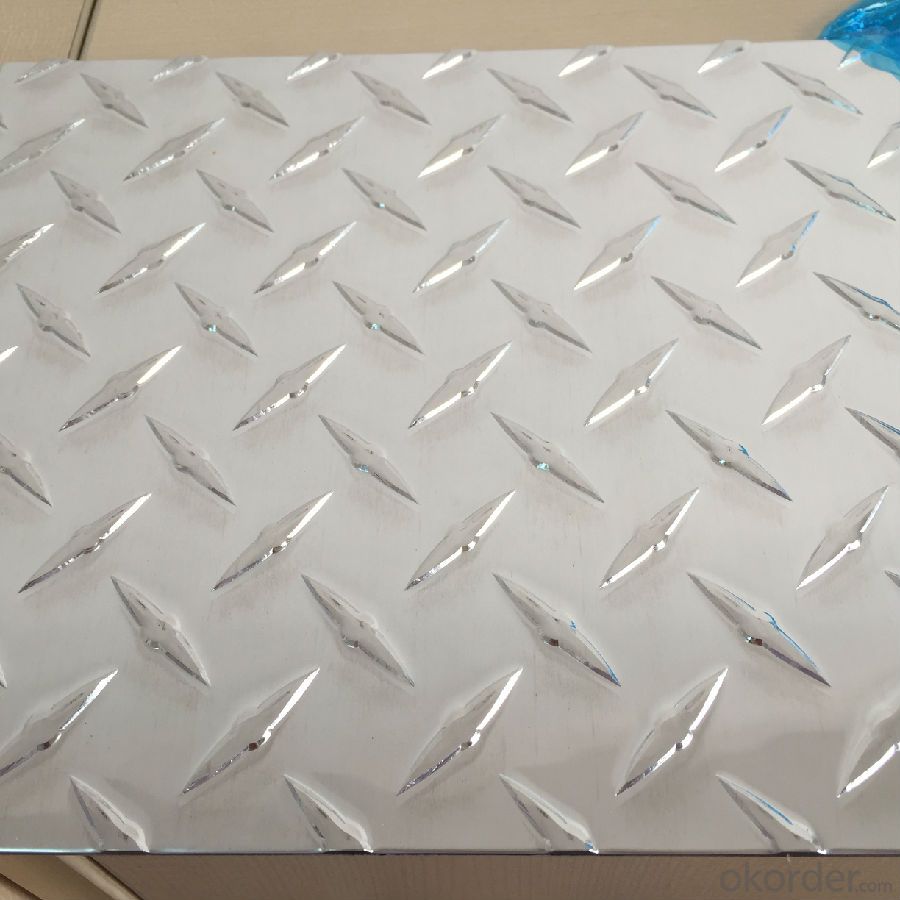
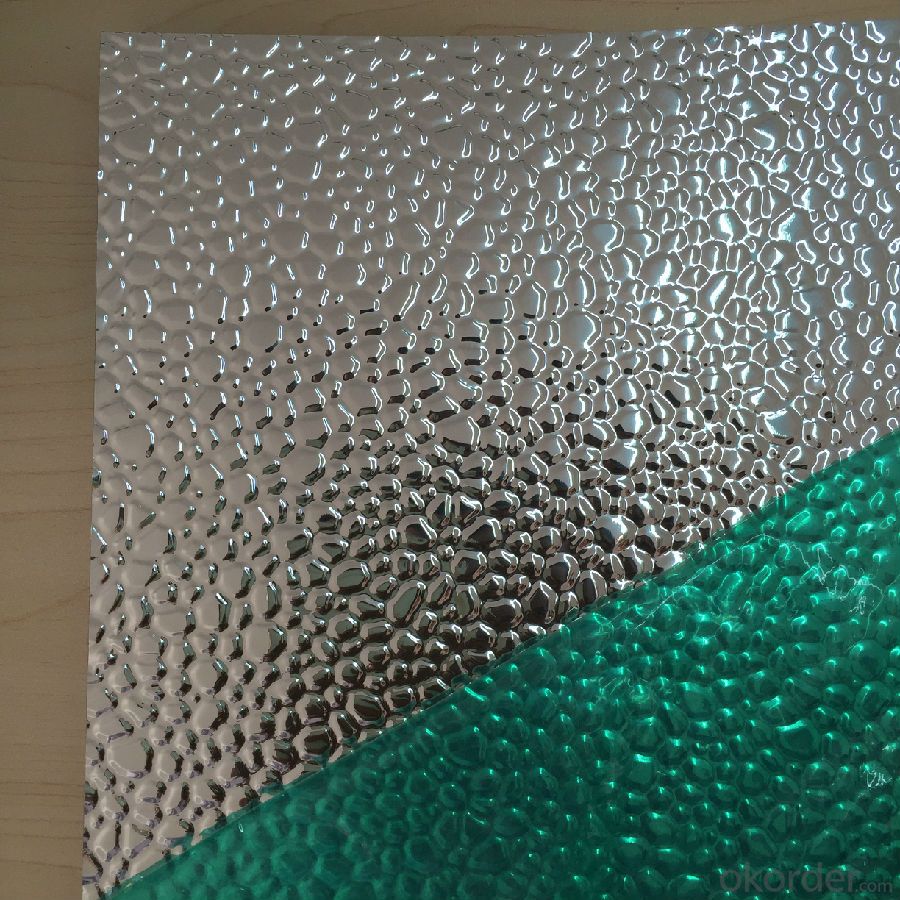
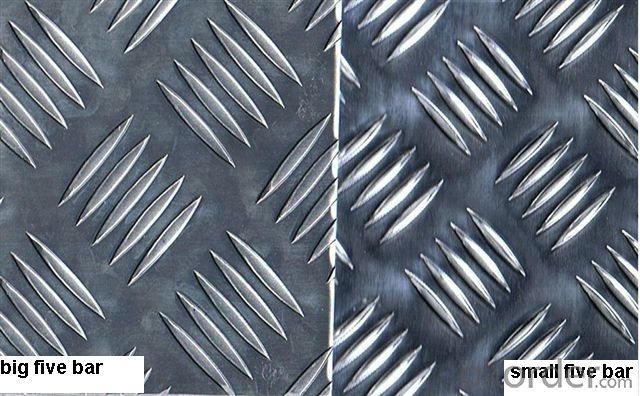
- Q: Are aluminum sheets suitable for use in automotive or aerospace industries?
- Aluminum sheets are indeed appropriate for utilization in both the automotive and aerospace sectors. Aluminum, being a lightweight yet robust material, is perfect for applications necessitating weight reduction, particularly in the aerospace domain where fuel efficiency holds paramount importance. Moreover, aluminum possesses commendable corrosion resistance qualities, a crucial attribute for both industries due to their exposure to diverse environmental conditions. Additionally, the malleability of aluminum permits effortless fabrication and forming, rendering it adaptable for a plethora of automotive and aerospace components. Finally, when compared to alternative materials, aluminum proves to be a cost-effective option, hence its popularity in these particular industries.
- Q: Do 101 aluminum sheets have any specific certifications or standards?
- Yes, 101 aluminum sheets typically have certifications and standards that ensure their quality and performance. These may include certifications like ASTM (American Society for Testing and Materials) and standards such as AA (Aluminum Association) standards, which verify the material's composition, mechanical properties, and manufacturing processes. Additionally, specific industry certifications like ISO 9001 (International Organization for Standardization) may be applicable to ensure consistent quality control during production.
- Q: What is the melting point of aluminum sheets?
- Aluminum sheets melt at around 660 degrees Celsius or 1220 degrees Fahrenheit.
- Q: which kind of material won't influence magnet attracting iron nail? Does copper sheet or aluminum sheet influence it?
- Copper coil will impede magnetic penetration. People separate the magnet from the workpiece of machine tool to avoid magnetic short circuit and attraction loss, making magnetic line of force go through the workpiece. An opening copper bush is added into the iron core of magnetic closing coil or opening solenoid to avoid the iron core being attracted on the external iron piece and stop operation. The opening is for avoiding eddy formulation and short circuit, iron core in copper bush is the ruled magnetic circuit.
- Q: Can aluminum sheets be bent or formed without cracking or breaking?
- Yes, aluminum sheets can be bent or formed without cracking or breaking, but it depends on the thickness of the sheet and the method used for bending or forming. Aluminum is a highly malleable metal, which means it can be easily bent or formed into various shapes without breaking. However, if the sheet is too thin or the bending or forming process is done without proper care or precision, there is a risk of cracking or breaking. To avoid this, it is important to use appropriate tools and techniques, such as using a bending brake or a rolling machine, and ensuring that the sheet is not subjected to excessive force or stress during the process. Additionally, annealing the aluminum sheet before bending or forming can increase its flexibility and reduce the chance of cracking. Overall, with the right approach and precautions, aluminum sheets can be successfully bent or formed without cracking or breaking.
- Q: What does aluminum plate "3003-H24" mean?
- (1) Hxx state:H1 * - hot rolling, Zhang Liqiang; H2 * - continuous casting and rolling, Zhang Liqiang, part of the toughening; H3 * - after stress treatment, stable performance; H4 * - after paint or coating; H x 2 - 25% x 4 - H hardness; hardness 50% processing; H * 6 - 75% hardness; H * 8 - 90 more than the hardness.(2) Hxxx state:H111: suitable for the final annealing, but also a proper amount of work hardening, but the degree of hardening is not as good as the H11 state of the product.H112: for hot forming products, the mechanical properties of the condition are specified.H116: made for magnesium content more than 4% 5 * * * alloy products. These products have specified mechanical properties and anti stripping corrosion resistance requirements.
- Q: What types of bonds can aluminum form: Covalent, Ionic and/or Metallic?Could you post the source, I've been looking for a while now :/
- I have considerable experience with adhesives of all types and for your project would suggest either 3M's Scotch Weld DP 420 or Loctite's Epoxy Weld bonding compound. Both are two part formulas and are good for bonding aluminum. Hope that helps.
- Q: I've heard twice in the past 2 days on ESPN that they think Aluminum bats are dangerous. I disagree with this cause if they were dangerous why would they allow them to use them in college and high school. Isnt that what the BESR certification mean that the bat is safe that the ball isnt going to come off at super high speeds. i just wanted to get your opinion.
- I don't know what they are thinking about unless it is the fact that they are lighter and a given person can create higher bat speed which translates to harder hit balls. However I don't think there's that much difference from what I've observed. I have seen 2 of them come apart at games my boys played in but nobody got hurt.
- Q: HEY HEY HEY guys its me agian and during today and the six week hoiday i'm gonna be askin a LOT I mean A-LOT ok so firstly I want to ask about drill bit you see as a willing studend who is enginenerring and just now in sience (so please ansewr quikly) what properites does an aluminium oxide drill bit have alot more questions after this one are going to be veary youtube and game related such as what do you guys want me to tweet pewdiepie on fridays whith pewdiepie and so on thanks and bye!!!!!!
- It acts a lubricant.
- Q: This question asks for a list of various types of aluminum sheets that can be found in the market.
- <p>Aluminum sheets available on the market can be categorized based on their thickness, surface finish, and alloy composition. Some common types include: 1) Mill Finish Sheets, which have a natural aluminum finish; 2) Polished Aluminum Sheets, offering a shiny surface; 3) Anodized Aluminum Sheets, which are coated with a protective oxide layer; 4) Checkered Aluminum Sheets, with a slip-resistant pattern; 5) Painted or Coated Aluminum Sheets, with a variety of colors and finishes; 6) Embossed Aluminum Sheets, featuring decorative patterns; 7) Aluminum Foil, which is very thin; and 8) Aluminum Alloy Sheets, such as 6061, 6063, and 2024, each with specific properties for different applications. These types cater to various industries and applications, from construction to automotive and aerospace.</p>
Send your message to us
Custom Color Coated Aluminum Roofing Sheets Price in India
- Loading Port:
- Shanghai
- Payment Terms:
- TT OR LC
- Min Order Qty:
- 5 m.t.
- Supply Capability:
- 20000 m.t./month
OKorder Service Pledge
OKorder Financial Service
Similar products
Hot products
Hot Searches
Related keywords
